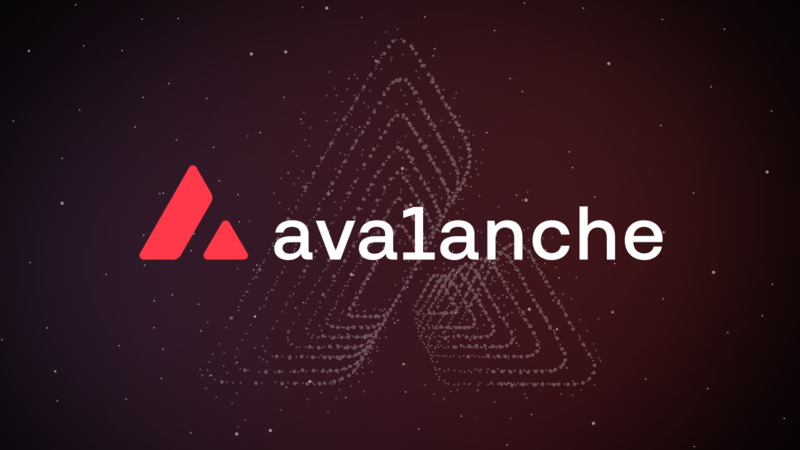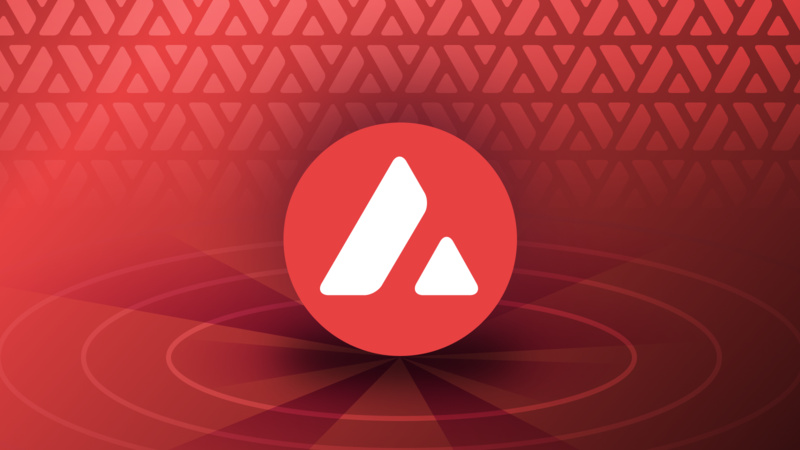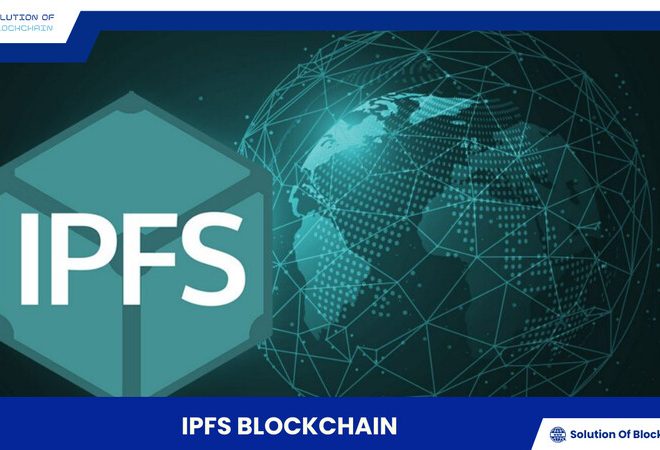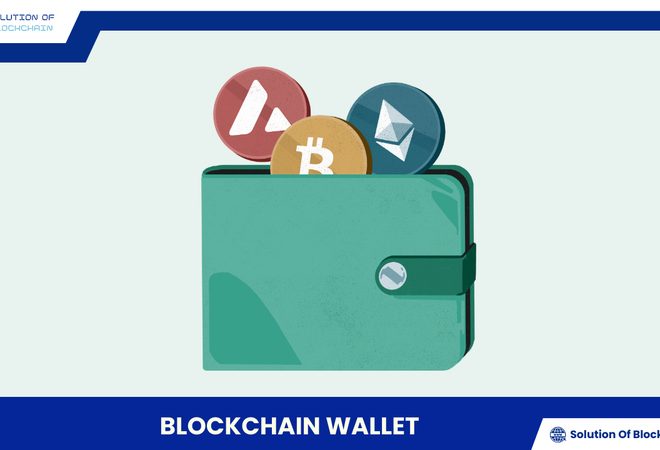
What is Avalanche Blockchain? Discover its pros and cons
Forget long blockchain transaction waiting times! Avalanche is a Layer-1 platform with blazing fast processing speed, allowing for quick and efficient deployment of dApps and digital assets. Let’s find out “what is Avalanche blockchain?” and explore the power of this next-generation blockchain technology.
What is Avalanche Blockchain?
Avalanche is an open-source Layer-1 blockchain platform that empowers developers to build and deploy decentralized applications (dApps) with high speed, low cost, and superior scalability. Unlike traditional blockchains, Avalanche is designed with a unique network architecture, consisting of three primary blockchains:
- X-Chain (Exchange Chain): Responsible for the creation and exchange of digital assets on Avalanche.
- P-Chain (Platform Chain): Manages validators and coordinates network operations.
- C-Chain (Contract Chain): Compatible with the Ethereum Virtual Machine (EVM), enabling the deployment of smart contracts.
The combination of these three blockchains creates the superior power of Avalanche, allowing the platform to process thousands of transactions per second with extremely low latency. Compared to Ethereum, Avalanche boasts significantly faster speeds and lower transaction fees, delivering a better user experience and opening up new opportunities for DeFi applications.
Avalanche Blockchain consensus mechanism
Avalanche Blockchain utilizes a unique consensus mechanism called Avalanche Consensus, a form of Proof-of-Stake (PoS) designed to achieve fast, secure, and efficient consensus on the network state.
How it works
- Random sampling: When a transaction is submitted to the network, validator nodes are randomly selected to vote on the validity of that transaction.
- Iterative queries: Each validator contacts a randomly selected group of other validators and asks for their opinion on the transaction. This process is repeated multiple times, forming a complex query network.
- Consensus: If a validator receives a sufficient number of agreeing responses on the transaction’s validity, they accept the transaction.
- Confirmation: Once a transaction is accepted by a sufficient number of validators in the network, it is considered valid and added to the blockchain.
Advantages of Avalanche consensus
- High speed: The random sampling and iterative query mechanism allows Avalanche Blockchain to achieve rapid consensus, processing thousands of transactions per second.
- Scalability: Avalanche Consensus can operate efficiently with a large number of validators, ensuring network scalability.
- Energy efficiency: Unlike Proof-of-Work (PoW), Avalanche Consensus does not require massive computational power, making it more environmentally friendly.
- High security: The random sampling and iterative query mechanism help Avalanche resist Sybil attacks and other forms of attacks.
Subnet – Subnetworks in Avalanche
One of the key factors contributing to Avalanche’s scalability is the Subnet (subnetwork). A Subnet is a set of validators responsible for validating transactions for one or more blockchains. Each Subnet operates independently, allowing Avalanche to flexibly scale the network without affecting overall performance.
Projects can create their own Subnets to meet their specific needs, thereby optimizing performance and costs. For example, a DeFi game could create its own Subnet to handle in-game transactions, ensuring a smooth user experience even during peak player activity.
AVAX Token
AVAX is the native cryptocurrency of the Avalanche blockchain. It plays a crucial role in the operation and development of the network. Below are the details of the AVAX token:
Basic information
- Token Name: Avalanche
- Symbol: AVAX
- Blockchain: Avalanche
- Token type: Utility token, Governance token
- Total supply: 720 million AVAX
- Circulating supply: Approximately 406 million AVAX (October 2024)
Token allocation
AVAX is allocated for various purposes, including:
- Staking rewards: 50% – Allocated for staking rewards to users participating in network security.
- Team: 10% – Allocated to the Avalanche development team.
- Public sale: 10% – Sold publicly to the community.
- Foundation: 9.26% – Allocated to the Avalanche Foundation, supporting ecosystem development.
- Community & developer endowment: 7% – Supports the community and developers.
- Strategic partners: 5% – Allocated to Avalanche’s strategic partners.
- Private sale: 3.46% – Sold privately to investors.
- Seed sale: 2.5% – Sold to early-stage investors.
- Airdrop: 2.5% – Distributed for free to the community.
Utility
AVAX has multiple uses within the Avalanche ecosystem, including:
- Transaction fees: AVAX is used to pay fees for transactions on the Avalanche network.
- Staking: Users can stake AVAX to participate in the transaction validation process and earn block rewards.
- Governance: AVAX holders have voting rights on governance proposals, influencing the development of Avalanche.
- Bridging: AVAX can be used as a bridge currency to transfer assets between Avalanche and other blockchains.
- Developer incentives: AVAX is used to incentivize developers to build applications on Avalanche.
The Avalanche ecosystem
Avalanche Blockchain boasts a diverse and rapidly growing DeFi ecosystem, with many prominent projects such as:
- Trader Joe: A popular decentralized exchange (DEX) offering swap, farming, lending, and borrowing features.
- BenQi: A lending and borrowing protocol, allowing users to earn interest from lending or borrow digital assets.
- Pangolin: An AMM-based DEX, similar to Uniswap.
- GMX: A decentralized derivatives trading platform, offering perpetual swap products.
The development of these projects contributes to attracting users and driving TVL (Total Value Locked) growth on Avalanche.
Advantages and disadvantages of Avalanche Blockchain
Avalanche Blockchain is a promising blockchain platform, but like any other technology, it has both advantages and disadvantages.
Advantages of Avalanche Blockchain
- Extremely fast transaction processing speed: Avalanche Blockchain can process thousands of transactions per second, significantly faster than many other blockchains, including Ethereum. This provides a smooth user experience, especially in applications that require high processing speeds like gaming or DeFi.
- Superior scalability: The Subnet architecture allows Avalanche to flexibly scale the network without affecting performance. This helps Avalanche Blockchain meet the growing demands of DeFi and Web3 applications.
- Low transaction fees: Transaction fees on Avalanche are very low compared to other platforms, helping users save significant costs.
- High security: Avalanche Consensus, Avalanche’s unique Proof-of-Stake consensus mechanism, ensures high security for the network and resistance to attacks.
- Diverse ecosystem: Avalanche Blockchain is attracting an increasing number of DeFi projects, creating a vibrant ecosystem with a variety of applications and services.
- EVM compatibility: Avalanche C-Chain is compatible with the Ethereum Virtual Machine, allowing developers to easily migrate applications from Ethereum to Avalanche.
- Strong community: Avalanche has an active community of developers and users, contributing to the development of the platform.
Disadvantages of Avalanche Blockchain
- Intense competition: Avalanche Blockchain faces competition from many other Layer-1 blockchain platforms, including Ethereum, Solana, Polkadot, etc.
- Market risk: The value of AVAX, Avalanche’s native token, can fluctuate significantly with the cryptocurrency market.
- Relatively new: Avalanche Blockchain is a relatively new platform, so there are still technical and developmental risks.
- Centralization concerns: Although Avalanche Blockchain is designed to be decentralized, there are concerns about the level of centralization of the network, especially in the early stages of development.
Avalanche Blockchain is a promising Layer-1 blockchain platform that offers solutions to the problems of speed, scalability, and transaction costs. With its breakthrough consensus mechanism, unique network architecture, and diverse ecosystem, Avalanche is attracting the attention of the DeFi community and is expected to play an important role in driving the development of Web3.
We hope this article from Solution Of Blockchain has helped you better understand this promising blockchain platform. Learn more about Avalanche and join the community to explore new opportunities in the world of DeFi!






